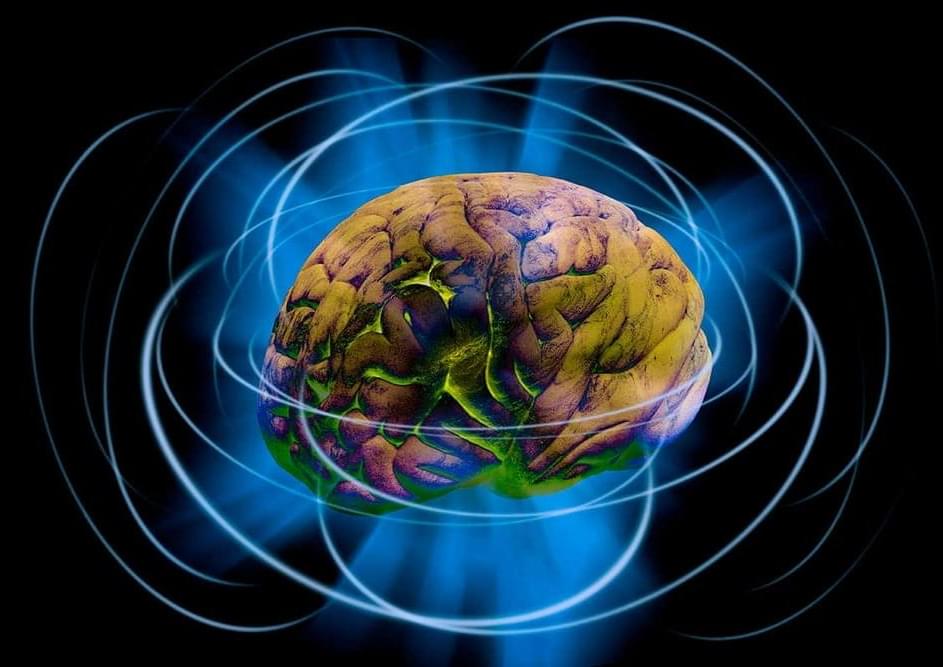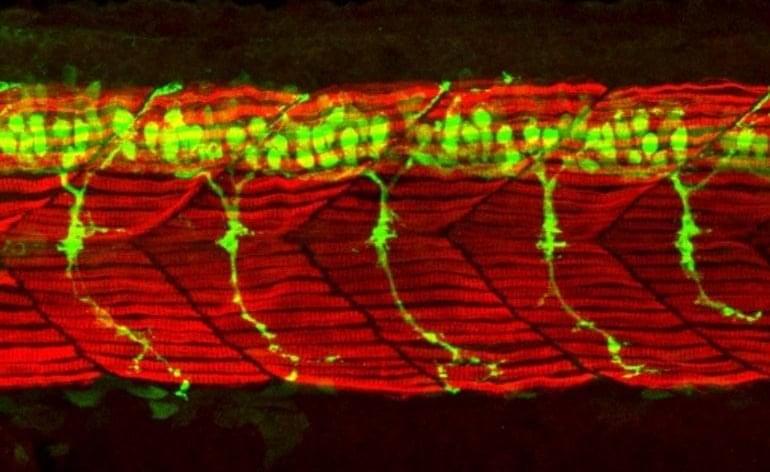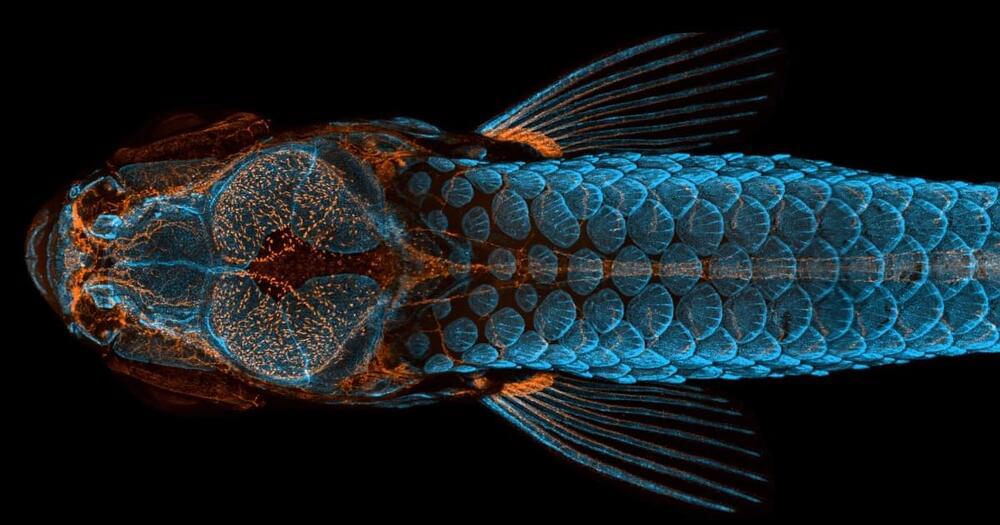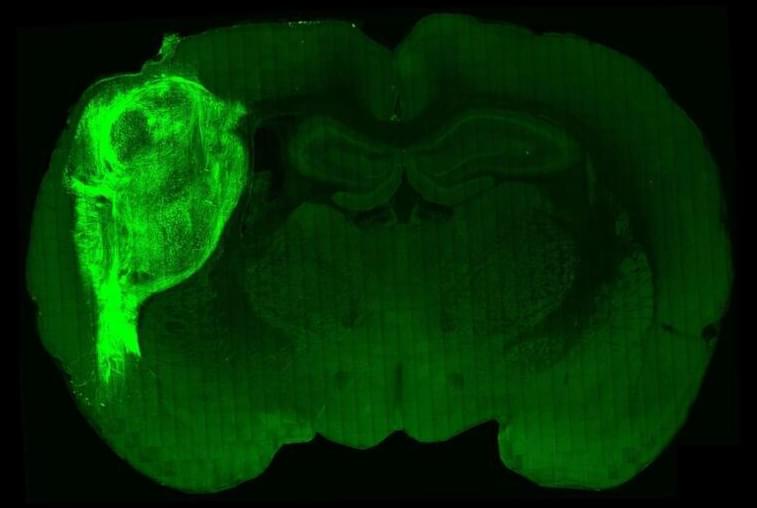Circa 2021 face_with_colon_three
We are finally testing the ideas that quantum collapse in the brain gives rise to consciousness and that consciousness creates the reality we see from the quantum world.

As part of its quest to develop cognitive systems, IBM Research is exploring whether a computer can be creative by designing a machine that can create surprising yet flavorful recipe ideas no cookbook has ever thought of in order to enhance human creativity.
http://www.research.ibm.com/cognitive-computing/computational-creativity.shtml

Can we measure empathy?
𝐄𝐦𝐩𝐚𝐭𝐡𝐲 𝐄𝐬𝐭𝐢𝐦𝐚𝐭𝐞𝐝 𝐔𝐬𝐢𝐧𝐠 𝐒𝐢𝐧𝐠𝐥𝐞-𝐂𝐞𝐥𝐥 𝐑𝐞𝐜𝐨𝐫𝐝𝐢𝐧𝐠𝐬 𝐢𝐧 𝐇𝐮𝐦𝐚𝐧 𝐁𝐫𝐚𝐢𝐧
𝘼 𝙨𝙩𝙪𝙙𝙮 𝙞𝙣 𝙚𝙇𝙞𝙛𝙚 𝙖𝙣𝙖𝙡𝙮𝙯𝙚𝙙 𝙩𝙝𝙚 𝙘𝙤𝙣𝙩𝙧𝙞𝙗𝙪𝙩𝙞𝙤𝙣 𝙤𝙛 𝙩𝙝𝙚 𝙞𝙣𝙨𝙪𝙡𝙖 𝙞𝙣 𝙤𝙪𝙧 𝙖𝙗𝙞𝙡𝙞𝙩𝙮 𝙩𝙤 𝙪𝙣𝙙𝙚𝙧𝙨𝙩𝙖𝙣𝙙 𝙩𝙝𝙚 𝙥𝙖𝙞𝙣 𝙤𝙛 𝙤𝙩𝙝𝙚𝙧𝙨 𝙗𝙮 𝙧𝙚𝙘𝙤𝙧𝙙𝙞𝙣𝙜 𝙛𝙧𝙤𝙢 𝙚𝙡𝙚𝙘𝙩𝙧𝙤𝙙𝙚𝙨 𝙚𝙢𝙗𝙚𝙙𝙙𝙚𝙙 𝙞𝙣 𝙩𝙝𝙚 𝙝𝙪𝙢𝙖𝙣 𝙗𝙧𝙖𝙞𝙣 𝙩𝙝𝙖𝙩 𝙢𝙚𝙖𝙨𝙪𝙧𝙚𝙙 𝙣𝙚𝙪𝙧𝙤𝙣𝙖𝙡 𝙖𝙘𝙩𝙞𝙫𝙞𝙩𝙮 𝙞𝙣 𝙞𝙣𝙙𝙞𝙫𝙞𝙙𝙪𝙖𝙡 𝙘𝙚𝙡𝙡𝙨 𝙞𝙣 𝙚𝙥𝙞𝙡𝙚𝙥𝙨𝙮 𝙥𝙖𝙩𝙞𝙚𝙣𝙩𝙨 𝙖𝙨 𝙩𝙝𝙚𝙮 𝙫𝙞𝙚𝙬𝙚𝙙 𝙨𝙝𝙤𝙧𝙩 𝙢𝙤𝙫𝙞𝙚𝙨 𝙤𝙛 𝙖𝙣 𝙖𝙘𝙩𝙧𝙚𝙨𝙨 𝙞𝙣 𝙥𝙖𝙞𝙣. 𝙏𝙝𝙚 𝙨𝙩𝙪𝙙𝙮 𝙞𝙢𝙥𝙧𝙤𝙫𝙚𝙨 𝙤𝙪𝙧 𝙪𝙣𝙙𝙚𝙧𝙨𝙩𝙖𝙣𝙙𝙞𝙣𝙜 𝙤𝙛 𝙩𝙝𝙚 𝙞𝙣𝙝𝙚𝙧𝙚𝙣𝙩 𝙙𝙞𝙛𝙛𝙚𝙧𝙚𝙣𝙘𝙚𝙨 𝙞𝙣 𝙥𝙚𝙤𝙥𝙡𝙚’𝙨 𝙖𝙗𝙞𝙡𝙞𝙩𝙮 𝙩𝙤 𝙚𝙢𝙥𝙖𝙩𝙝𝙞𝙯𝙚 𝙖𝙣𝙙 𝙧𝙚𝙖𝙘𝙩 𝙩𝙤 𝙩𝙝𝙚 𝙥𝙖𝙞𝙣 𝙤𝙛 𝙤𝙩𝙝𝙚𝙧𝙨, 𝙖𝙨 𝙬𝙚𝙡𝙡 𝙖𝙨 𝙥𝙤𝙩𝙚𝙣𝙩𝙞𝙖𝙡 𝙢𝙚𝙘𝙝𝙖𝙣𝙞𝙨𝙢𝙨 𝙛𝙤𝙧 𝙩𝙝𝙚 𝙡𝙖𝙘𝙠 𝙤𝙛 𝙚𝙢𝙥𝙖𝙩𝙝𝙮 𝙞𝙣 𝙘𝙚𝙧𝙩𝙖𝙞𝙣 𝙣𝙚𝙪𝙧𝙤𝙥𝙨𝙮𝙘𝙝𝙞𝙖𝙩𝙧𝙞𝙘 𝙘𝙤𝙣𝙙𝙞𝙩𝙞𝙤𝙣𝙨.
Using intracranial electroencephalographic (iEEG) recordings and single-cell recordings from the human insulae in patients with epilepsy who have electrodes embedded in their brains, scientists have analyzed the contribution of the insula in our ability to understand the pain of others. The study improves our understanding of the inherent differences in people’s ability to empathize and react to the pain of others, as well as potential mechanisms for the lack of empathy in certain neuropsychiatric conditions.

Summary: Findings could have implications for new avenues of research for a range of neurodegenerative diseases including ALS and Alzheimer’s.
Source: University of Bath.
A discovery that may improve treatment options for patients with neurodegenerative diseases has been made by scientists at King’s College London and the University of Bath in the UK.

Universitat Autònoma de Barcelona (UAB) researchers have developed a magnetic material capable of imitating the way the brain stores information. The material makes it possible to emulate the synapses of neurons and mimic, for the first time, the learning that occurs during deep sleep.
Neuromorphic computing is a new computing paradigm in which the behavior of the brain is emulated by mimicking the main synaptic functions of neurons. Among these functions is neuronal plasticity: the ability to store information or forget it depending on the duration and repetition of the electrical impulses that stimulate neurons, a plasticity that would be linked to learning and memory.
Among the materials that mimic neuron synapses, memresistive materials, ferroelectrics, phase change memory materials, topological insulators and, more recently, magneto-ionic materials stand out. In the latter, changes in the magnetic properties are induced by the displacement of ions within the material caused by the application of an electric field.
Synopsis: In this talk we articulate a positive vision of the future that is both viable given what we know, and also utterly radical in its implications. We introduce two key insights that, when taken together, synergize in powerful ways. Namely, (a) the long-tails of pleasure and pain, and (b) the correlation between wellbeing, productivity, and intelligence. This informs us how to distribute resources if we want to maximize wellbeing. Given the weight of the extremes, it is important to take them into account. But because of the causal significance of more typical hedonic ranges, engineering our baseline is a key consideration. This makes it natural to break down the task of paradise engineering into three components:
Avoid negative extremes.
increase hedonic baseline, and.
achieve new heights of experience.
With regards to : the future of consciousness is anodyne. It lacks extreme suffering in any of its guises. We will see how, if we aim right, a significant proportion of extreme suffering can be prevented with pragmatic technologies already available. Even just applying what we know today would be as significant for the reduction of suffering as the advent of anesthesia was in the context of surgery.
On : the future of consciousness is engaging. From novelty generation to Buddhist annealing, baseline-enhancing interventions will change the way we think of life. It is not only about making everyday fun, but also the economics of it.
And : the future of consciousness is ecstatic. A science of ecstasy will allow us to safely and reliably sample from a wide range of time-tested ultra-blissful peak experiences. A common cause with other sentient beings, and indeed with the interests of consciousness at large, can be forged in the knowledge of such deep experiences.
They give you a genuine, non-sentimental, reason to live. Together, action on these three levels can significantly advance the cause of eliminating suffering and engineering paradise. And our assessment is: there is a lot of low-hanging fruit in this space. Let’s pick it up!



